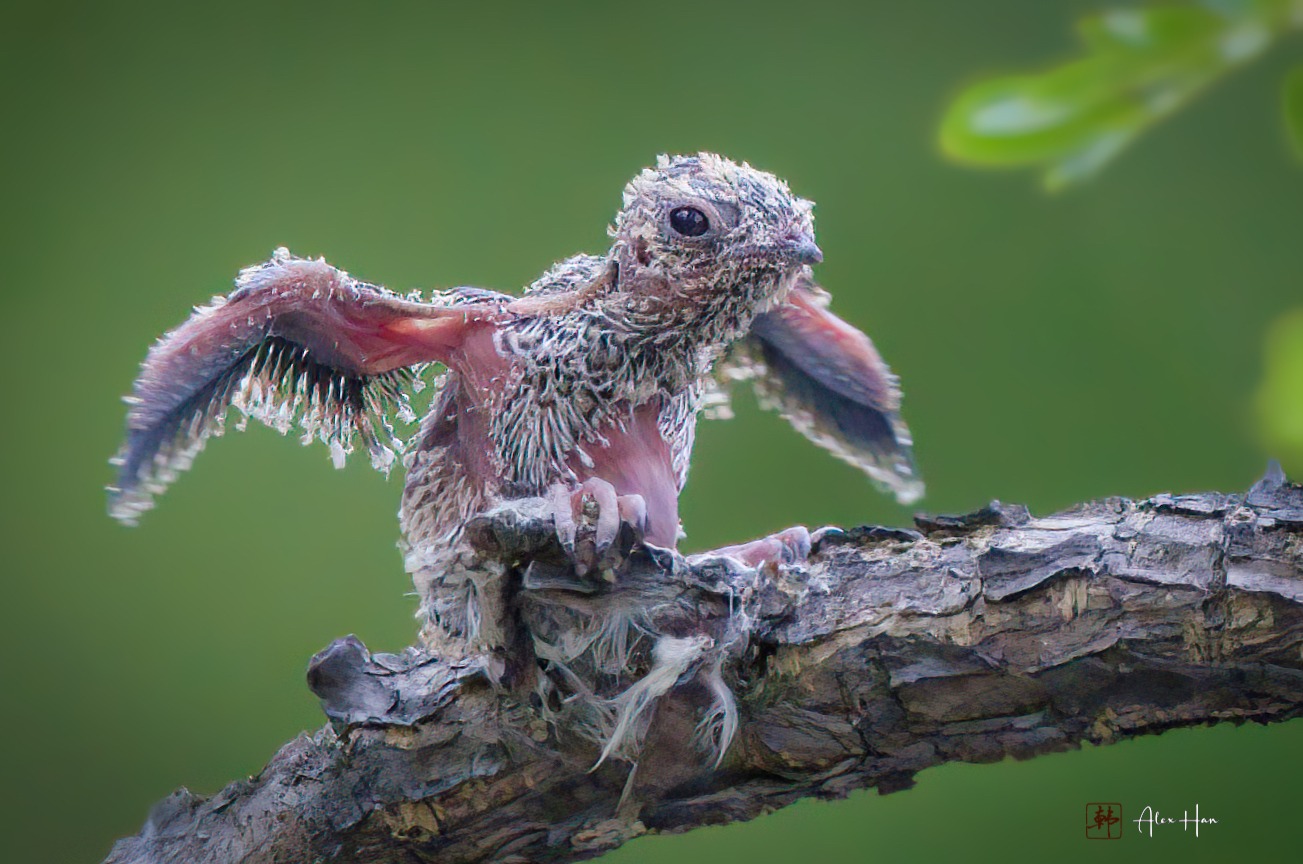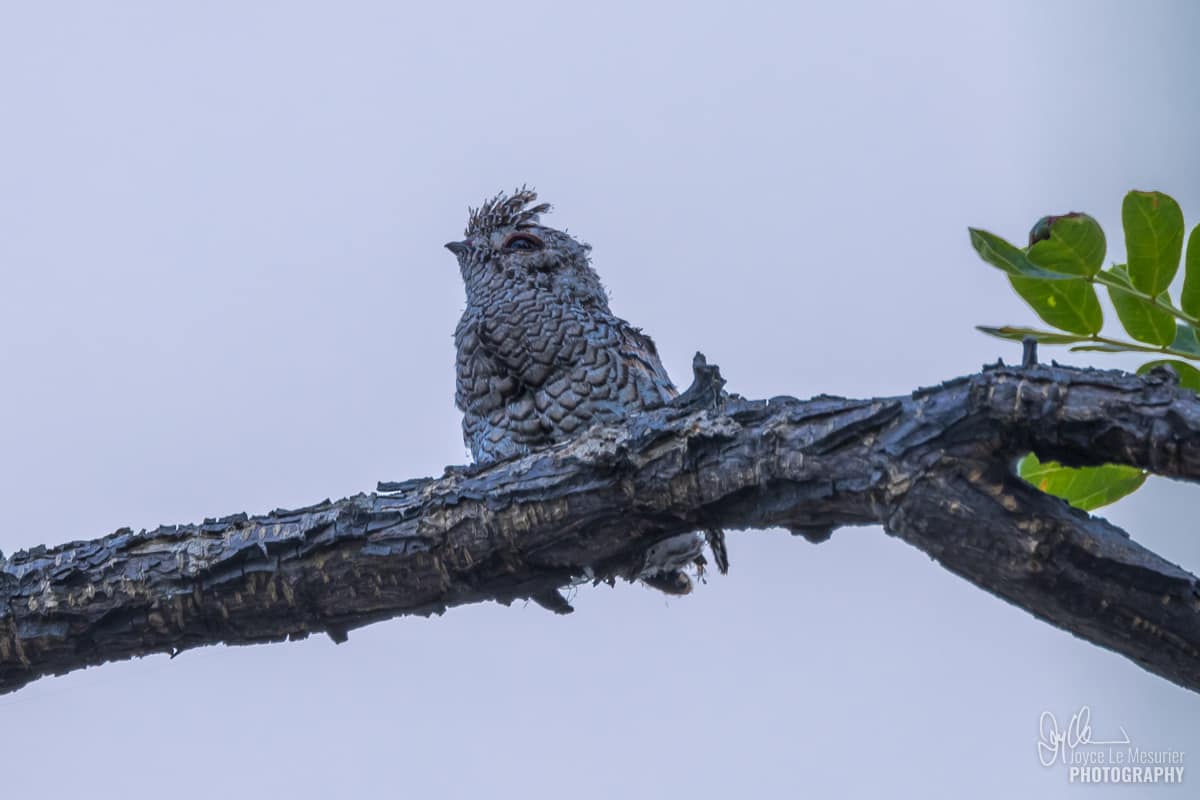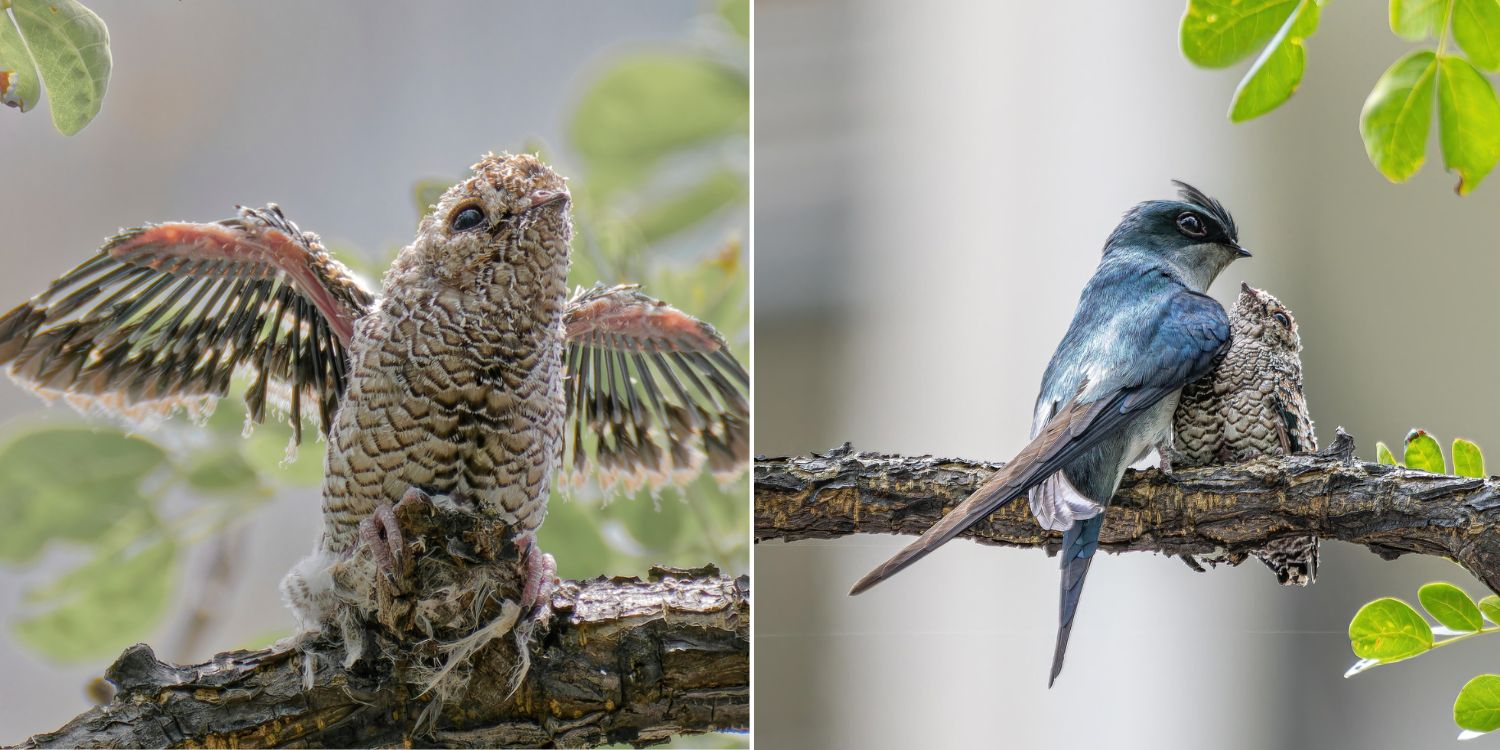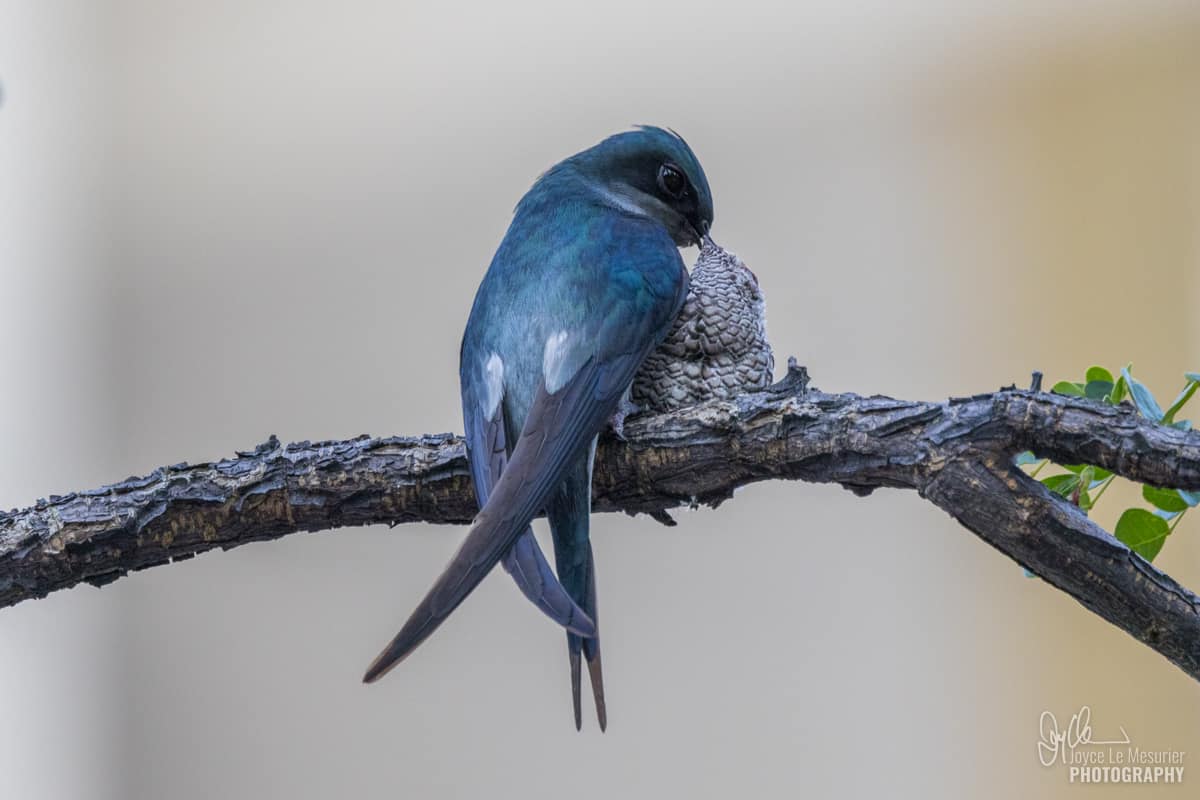Grey-Rumped Treeswift Fledgling Spotted In Queenstown
Bird spotters seem to have a knack for being in the right place and time whenever news of a rare bird makes an appearance in our heartlands.
Recently, the bird-spotting community headed to Queenstown to catch a glimpse of a weeks-old grey-rumped treeswift fledgling.

Source: Ganesan Siba Siba on Facebook
Many bird spotters came out of the woodwork to snap photos of the rare little bird.
Apparently, the grey-rumped treeswift only produces a single egg each time during the breeding season.
Grey-rumped treeswift fledgling perches confidently on tree
Photos of the grey-rumped treeswift fledgling first surfaced online in late March this year, much to the delight of bird spotters in Singapore.

Source: Alex Han 韩元 on Facebook
As each week passed, the fledgling started to grow its feathers until finally, it revealed its plumage in its full glory.

Source: Joyce Le Mesurier on Facebook
On Saturday (8 Apr), one bird spotter posted photos of the fledging that they had taken two days prior.
Although the fledgling now sports a full coat of feathers, it’s still a baby at heart and looks to mum for meals.
Bird species not endangered, contrary to fanfare
According to Bird Life International, the grey-rumped treeswift has a conservation status of “Least Concern”.
This means that species under this category are widespread and abundant.
Singapore Birds Project mentions that this species is particularly prevalent in Southern Thailand, Malaysia, Indonesia, and Singapore to name a few places.
What sets the males and females apart is the colour of the coverts, with males sporting chestnut-coloured ones while females sport a blackish colour.
Still a mesmerising sight to behold
Although the species is not endangered, the grey-rumped treeswift is listed as an uncommon resident in Singapore.
Furthermore, the Bird Ecology Study Group states that the female only lays a single egg at a time.
No wonder the bird-spotting community rushed to see the fledgling with their own eyes.
Have news you must share? Get in touch with us via email at news@mustsharenews.com.
Featured image adapted from Daniel Neo on Facebook and Sim Lim on Facebook.









